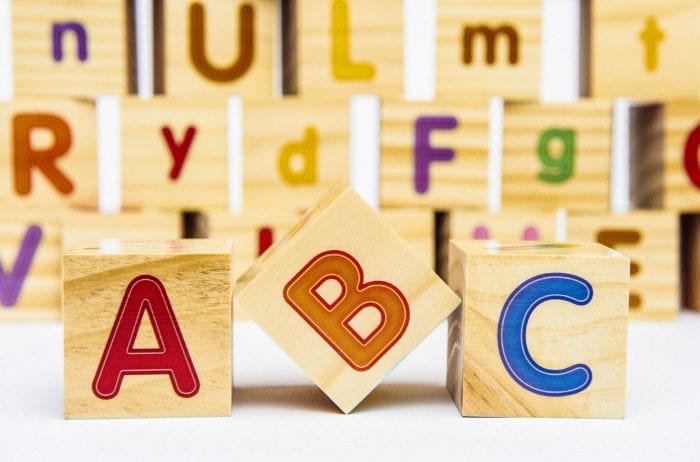D. None of the Above: Important Messages Hidden in the Alphabet
By Daniel Dunaief

As we approach Father’s Day, I can’t help thinking that the creators of the alphabet hid important lessons in plain sight when they put the letters “n” and “o” between the letters “m” and “p.”
The letter “m” starts the Latin word “mater,” which means mother. The letter “p” starts the word
“pater,” which, also in Latin, means father.
Between mom and dad, then, resides the simple,
effective and important word “no.”
Parents who aren’t on the same page about decisions will find children who don’t believe a “no” ever means anything because they will run to the other parent to find someone who will render a “no” from the former parent meaningless.
Parents need the word “no” to unite them, bringing together the “m” and “p” that makes it possible to provide consistent parenting advice. When a “no” from dad is also a “no” from mom, children can’t divide and conquer with their parents.
Now, valuing and appreciating the word “no” doesn’t necessarily mean parents should say “no” to everything. In fact, when mom and dad agree on something for their children, they can and should celebrate the opportunities they urge their progeny to pursue.
When our children were young, we found ourselves falling into the repeated “no” pattern, mostly to protect our children. “Don’t go in the street, don’t put that toy in your mouth, don’t grab that dog’s tail, etc.” While all of those rules are valid and valuable, they also can create a culture of “no” that constantly reminds children of their limitations, giving them the equivalent of a Greek chorus of “no” that follows them around, preventing them from exploring the world or from considering opportunities and risks worth taking because they expect a giant “NO!” sign to appear in their closet, under their bed, at the entrance to their classroom or in the backyard.
My wife and I put considerable energy into redirecting our children, rather than giving them a negative answer. We suggested alternatives to their suggestion or even, at times, a compromise answer that wasn’t a negative so much as it was a reshaping of an impulse.
On an elemental level, the letters “n” and “o” also seem so apt for the world between mom and dad. After all, N for nitrogen represents 78 percent of the atmosphere while O for oxygen represents 21 percent, which means that, between the letter placeholder for mom and dad resides the letters for 99 percent of the atmosphere of the earth.
The elements nitrogen and oxygen also, like some families, exist in paired form as molecules instead of single elements. These molecules float around in the atmosphere as a duo, with a strong covalent bond keeping the orbiting electron shells full.
For children, saying “no” to their parents starts early as a way to fight back against the world of “no” while they drift into the world of the terrible twos or, in our children’s case, the threadbare threes. When these children are caught between their mother and father, they may find that their only defense against a disagreeable world is to hold up their own “no” shield.
That small word, however, is important to change the world as well, because children who can defend their “no” answer to parents can also refuse to accept problems they see in the world. Instead, they can defy policies or ideas that rankle them. Saying “no” to anything aids cognitive development and, as it turns out, is good preparation for parenting. It has to be true because it’s right there, hidden in place sight, in the alphabet.







